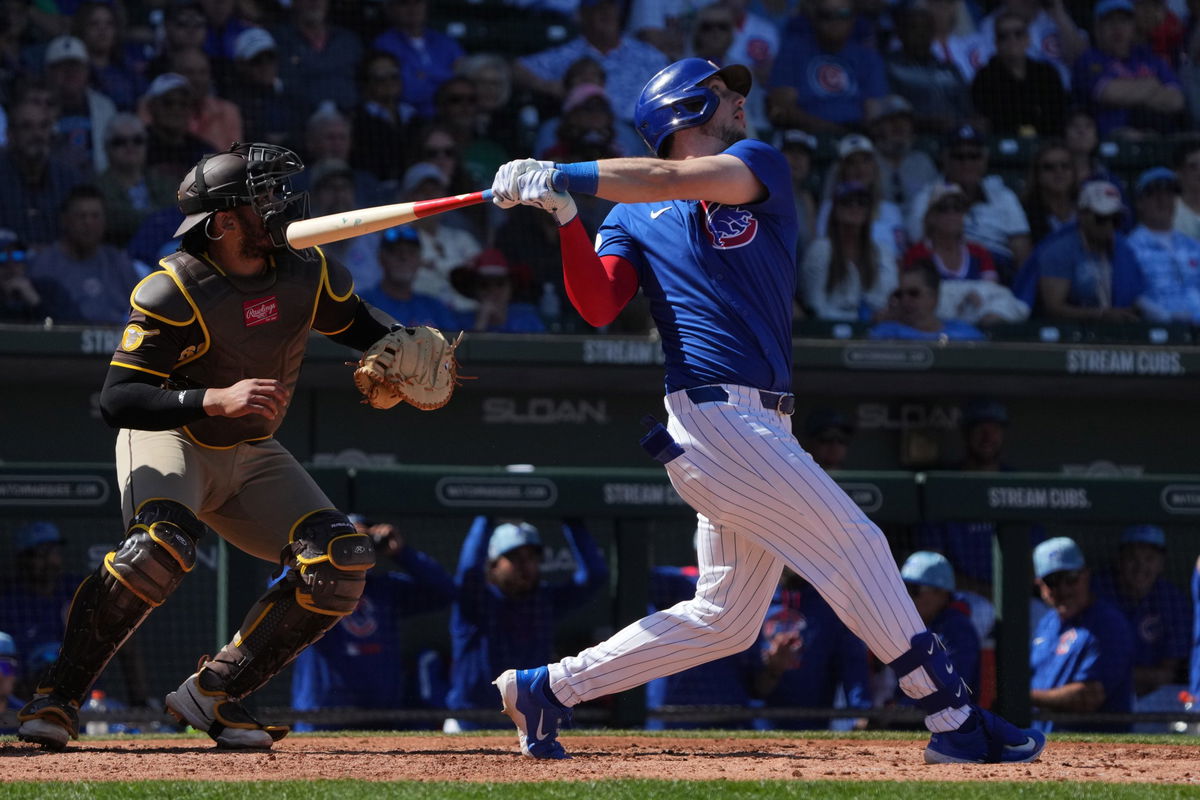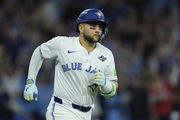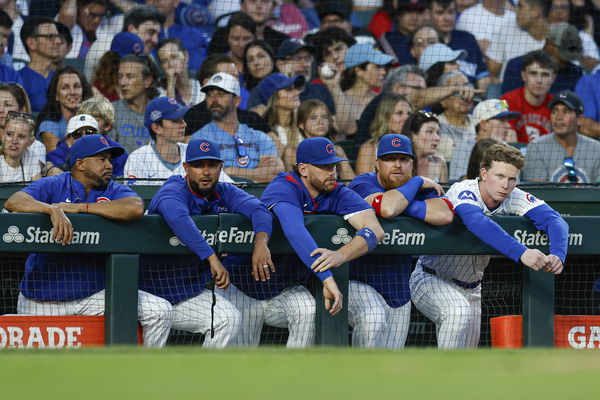
Imago
Credits: IMAGO

Imago
Credits: IMAGO
“Tucker falls in that interesting bucket where he will rightly demand a contract in excess of $300 million,” Jeff Passan predicted. And that got followed by Jesse Rogers with “Chicago has more budget constrictions…, meaning the Cubs probably don’t want to tie up $35-$40 million in one player.” Now, those rumors are getting true.
Watch What’s Trending Now!
The Chicago Cubs may not go after right fielder Kyle Tucker in free agency. The franchise’s decision to step back shows that the way front-office leaders plan to build around their core is changing.
According to Jim Bowden of The Athletic, the Cubs view their current outfield as sufficient. The team shows comfort with Ian Happ, Pete Crow-Armstrong, Seiya Suzuki, and Owen Caissie anchoring the position group. This decision comes despite Tucker’s impressive credentials: he batted .266 with 22 home runs and 73 RBIs in his first season with the club, marking his fifth consecutive year with at least 20 home runs. Yet pursuing Tucker’s projected $460 million market value may not align with its priorities.
ADVERTISEMENT
The Cubs need more than just a relief pitcher; they also need another top-of-the-rotation starter, especially since they let Shota Imanaga go to free agency. And they have a strong farm system that gives them enough trade capital to get an established starter rather than spending $460 million on an outfielder.
The Cubs don’t want to go after Tucker because their front office is more focused on fixing structural problems, too.
Most of the team’s best pitchers have left through free agency, which has hurt the bullpen. Andrew Kittredge was recently traded to Baltimore for money, and Brad Keller, Drew Pomeranz, and Caleb Thielbar are all getting ready to become free agents. Daniel Palencia is the only reliever who still has a contract with the team. He was one of the most important players during the Cubs’ postseason run, which ended in a five-game loss to Milwaukee in the National League Division Series.
ADVERTISEMENT
President Jed Hoyer’s plan to fix the bullpen is based on a method that has worked in the past: looking for cheap options, players who can bounce back, and players who can grow from within.
The team doesn’t want to pay a lot of money for free agent closers like Edwin Díaz, Robert Suárez, or Devin Williams. Instead, they want veterans on minor deals and depth in the organization. This strategy is similar to 2021-2022, when good results came from acquisitions like Mark Leiter Jr. and Tyson Miller.
ADVERTISEMENT
Instead of putting a lot of money on big-name players, the Cubs think they can find undervalued talent and rebuild what has been stripped down to its core. This is a calculated risk that Hoyer has taken during his time in charge.
Cubs target MacKenzie Gore to fix rotation after Imanaga’s departure
This fiscally conservative approach extends beyond relief pitching. While the Chicago Cubs navigate their bullpen rebuild, they simultaneously confront an equally pressing crisis in their rotation after watching Shota Imanaga depart for free agency.
ADVERTISEMENT
The organization turned down the left-handed pitcher’s three-year, $60 million extension offer and instead made a $15 million offer that didn’t close the gap. Imanaga turned down the offer and went into the open market as a highly sought-after player, which makes the Cubs’ rotation unstable going into 2026.
Now, there is a lot of uncertainty about the current staff, which includes Matthew Boyd, Jameson Taillon, Cade Horton, Colin Rea, and Javier Assad.
Top Stories
Blue Jays in Real Trouble as Two AL Rivals Go All-In on $116M Trade Target Amid Bo Bichette Uncertainty

David Stearns’ Mets Job Hangs by a Thread as New York Calls End to “Love Affair,” Claims Insider

Alex Rodriguez Feels Anthony Volpe’s Struggles Are Result of Yankees’ “Broken” Hitting Philosophy

Kyle Tucker’s Controversial Call Draws Scrutiny as Grim Free Agency Update Emerges, Per Top Insider

Francisco Lindor’s Future in Limbo as Mets Owner Breaks Silence After Pete Alonso Exit

Justin Steele is still out because of Tommy John surgery and won’t be back until late in the season at the earliest. This open position gives the organization a real chance to trade for Washington Nationals left-hander MacKenzie Gore. Recent management restructuring in Washington, with Paul Toboni assuming the role of baseball operations president, has created organizational flux that could position Gore as available.
ADVERTISEMENT

Imago
Credit: IMAGO
Gore’s 5-15 record and 4.17 ERA on the surface hide how good he really is.
He was named an All-Star in the National League and struck out 185 batters in 159 innings. His career strikeout rate of 10.0 per nine innings shows that he had great stuff, no matter how many games he won or lost. This level of skill makes him exactly the kind of pitcher who makes a rotation better.
ADVERTISEMENT
Gore is a great deal from a financial point of view, too. He thinks that arbitration will only cost $4.7 million, which gives him a lot more room to change his mind than if he were to follow Imanaga’s market demands.
If the Cubs can meet Washington’s requirements for prospects, adding Gore to a healthy Steele could turn their rotation from a liability into a real competitive advantage.
ADVERTISEMENT
ADVERTISEMENT
ADVERTISEMENT

